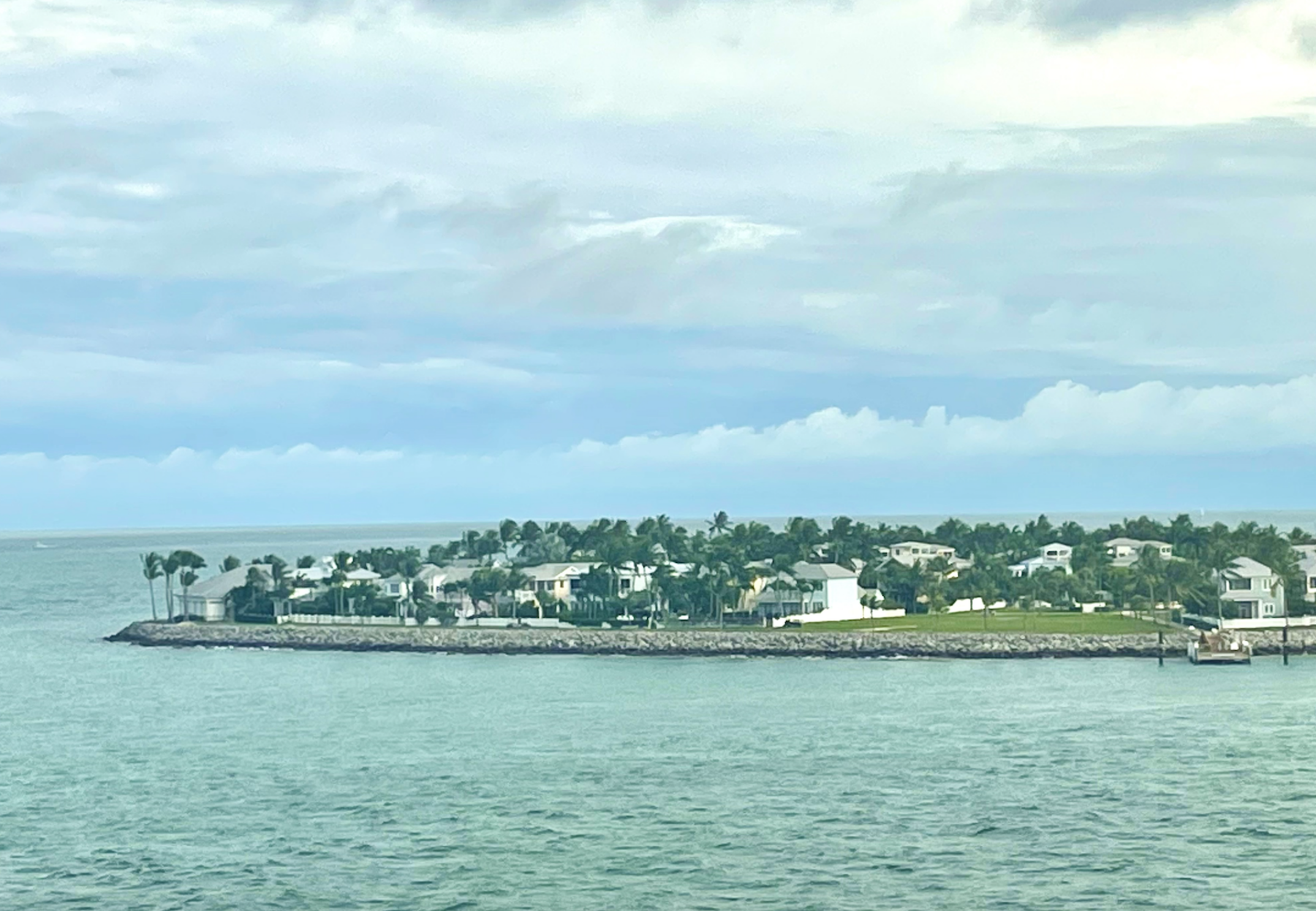How I ensure smooth sailing during travel with a chronic illness
Planning ahead is key when living with a condition such as lupus
Written by |

Summer is officially here, and while I’m trying to shield myself from the sun, practically everyone I know is talking about their travel plans. If you follow my writing, you know I’m fascinated by vacations and that I’ve learned a lot over the past 20 years about traveling with a chronic illness. If you’ve planned a trip, there’s no better time than the present to arm yourself with knowledge before you embark on that adventure.
I recently had the pleasure of taking my first-ever Virgin Voyages cruise to the Caribbean. It was during a heat wave, so I needed to be especially mindful of the sun and high temperatures, which are my two biggest triggers of a lupus flare.
I took extra time while packing, ensuring I had ice packs, a floppy hat with UV protection, and my ThermApparel cooling vest. This vest, which can’t be detected under most clothing items, was created to keep those with multiple sclerosis cool, but it’s useful for many people with chronic illnesses who have difficulty regulating their body temperature. During the summer, this item is one of my favorites to have on hand. I also carry a small umbrella to shield myself from both rain showers and the sun’s rays.
Preparation is paramount

A peek at the Bahamian islands from my ship balcony. (Photo by Marisa Zeppieri)
Before you pack the items you’ll need, it’s important to consider what you’ll pack your items in. Are you traveling by plane or car? Will you be in air conditioning, heat, or a mixture of both? If your travel days happen to fall on a high pain day or in the middle of a flare-up, how much can you realistically carry or push?
Nowadays, I use a lightweight suitcase that has wheels and various compartments. I’m also a fan of organizable backpacks or carry-ons that have wheels.
Because of past travel mix-ups and lost luggage, I always try to pack my medications and supplements in my backpack or carry-on (as neither of them typically leave my sight), and I store emergency items in my checked baggage. In addition, I keep an extra comfortable outfit and flat shoes on my person in case other bags get lost or delayed. I tend to lean toward stretchy rompers and jumpsuits, and for my feet, a pair of sandals or Converse.
The idea of traveling with chronic illness may seem overwhelming; I wouldn’t travel for years after I was diagnosed with lupus. Even though I’m an adventurer at heart, I’d become anxious thinking about the items I’d need, how I might feel, how much I could realistically enjoy, and how I might slow down my fellow travelers. But as someone who has taken dozens of trips in the past decade, I encourage you to start small and discover ways you can explore and travel while still managing your health.
Consider these aspects before your big adventure.
1. Foodie forethought: Dining with dietary restrictions? Whether you’re taking a road trip, jet-setting overseas, or cruising, if you have food allergies or a special diet, you’ll need to take action before your trip.
When I travel to new areas, I map out restaurants that are safe for me or supermarkets where I can purchase items. Because my most recent trip was via a cruise line, I contacted it in advance to discuss my needs. The staff were more than accommodating and allowed me to pack a small cooler in my checked bag, which had ice packs and safe foods for me to enjoy while on board.
2. Map out medical help: Knowing the nearest urgent cares, hospitals, and pharmacies ahead of time always gives me peace of mind. Typically I print out a list or have it saved on my phone, and I also share it with those who are traveling with me.
3. Pencil in R&R: It took me a while to learn I needed to plan for rest before, during, and after my trip.
For me, the quickest way to trigger a flare is to overdo it and not get enough sleep. What works for me is getting my packing done a few days early so I can get extra rest the day before I travel. I also plan a day or two on my trip where I won’t do a lot (maybe a full day of sleep, reading, or binge-watching movies), and I give myself a good day or two after returning home to let my body recover.
Remember, with the right preparations, you can explore the world on your terms. Bon voyage, brave traveler!
Note: Lupus News Today is strictly a news and information website about the disease. It does not provide medical advice, diagnosis, or treatment. This content is not intended to be a substitute for professional medical advice, diagnosis, or treatment. Always seek the advice of your physician or other qualified health provider with any questions you may have regarding a medical condition. Never disregard professional medical advice or delay in seeking it because of something you have read on this website. The opinions expressed in this column are not those of Lupus News Today or its parent company, Bionews, and are intended to spark discussion about issues pertaining to lupus.







Leave a comment
Fill in the required fields to post. Your email address will not be published.